A Brief Exploration of Esoteric Buddhism
"There is no Religion Higher than Truth."
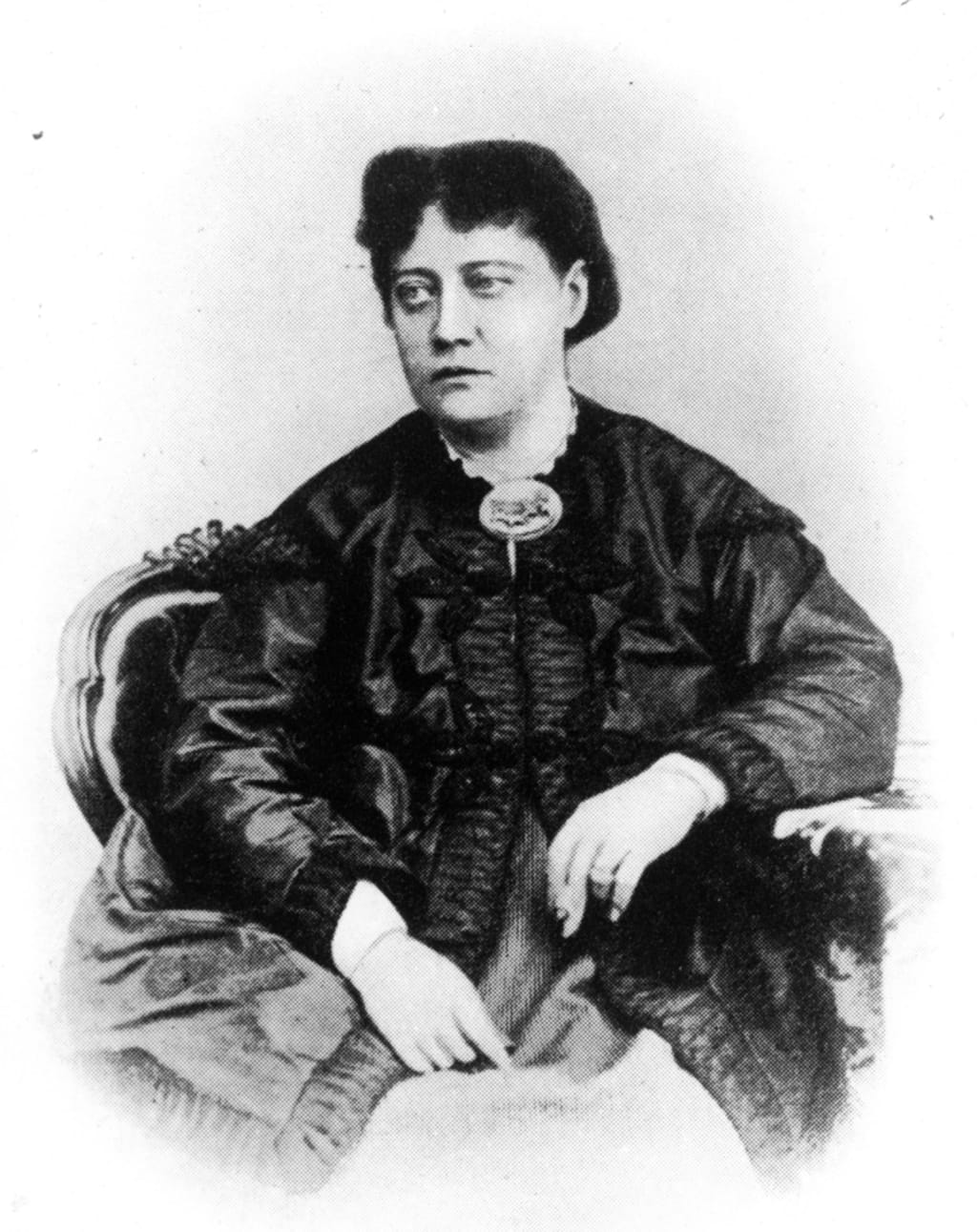
Also known as Theosophy, Esoteric Buddhism is a spiritual science first introduced to the western world in 1875. I personally discovered the philosophy about five years ago, although I recall brushing up against it perhaps fifteen years earlier during a spiritual renaissance when I had unlimited internet access at work and plenty of free time to browse the web. Back then, the strange name of "Blavatsky" was hard enough to pronounce, much less comprehend the nuanced underpinnings of the system she taught. To further complicate things (as I learned much later), after her passing, other members of the Theosophical Society (such as Alice Bailey and Annie Bessant) made their own contributions, greatly muddying the waters of the original teachings and adding a distinctly Christianized slant. For the purposes of this article, I will only be touching on HPB's works and some of her contemporaries and students such as William Quan Judge, Colonel Henry Olcott and Robert Crosbie, who founded the ULT (United Lodge of Theosophists) in 1909 with the strict mission to not let the core, original teachings be diluted.
So What is Theosophy and Why is it Important?
Good question. The answer is complicated, but I will try to break it down into digestible talking points. The short answer is that Theosophy is important because it is a source of undistilled information that cannot be found anywhere else in the world. But first, understanding who Blavatsky was as a child is important to deciphering who she became as a young woman and adult.
Born as Helena Petronova Hahn in 1831 Russia (which is now Dnipro, Ukraine) Helena was part of a wealthy aristocratic family. Author Sylvia Cranston has written one of the most comprehensive biographies currently available regarding Madame Blavatsky (H.P.B. The Extraordinary Life & Influence of Helena Blavatsky Founder of the Modern Theosophical Movement). I highly encourage anyone who wants a more detailed breakdown of her life, please refer to that seminal work (at nearly 700 pages, it leaves no stone unturned).
Helena was an extremely precocious and outspoken child. Firm of will and quick of wit, she was well educated and showed an interest in the occult from an early age. She displayed psychic talents that baffled her family and friends, and these abilities would only grow stronger over the years.
She was married at age 17 to a man named Nikifor V. Blavatsky, a Russian military officer. Despite being officially married, the marriage was never consummated, and Helena eventually ran away, frustrating her husband to no end. Still, the surname remained, and according to Blavatsky, she remained celibate her entire life (which we find later is very common among certain high level Adepts).
This early part of her life was one of extensive world travel and spiritual questing. She traveled to the Americas, India, China, Africa, Tibet and more, following tantalizing clues and hints to a larger world that she sensed existed but could not identify. To say she was the 1800's female equivalent to Indiana Jones would not be inaccurate.
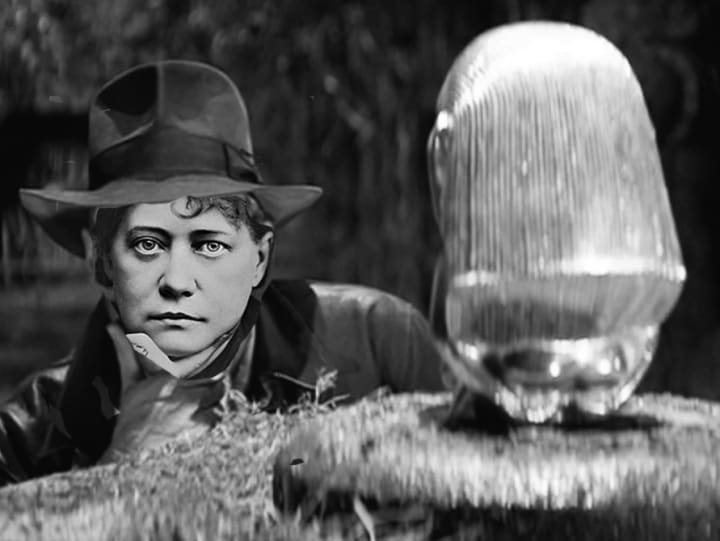
In 1867, Blavatsky lived in Mentana, Italy, n0t far from Rome, at the age of 36. At the time, a fierce war raged between the armies of Pope Pius IX and the Papal States. According to the story, Helena Blavatsky was shot and severely wounded during battle, discovered unconscious in a ditch by locals and nursed back to health. There is some speculation among students of Esoteric Buddhism that Helena did die during the Battle of Mentana. The soul of the woman named Helena moved on to other spheres, and the fiery soul of an Adept took her mortal body, repairing the damage and preparing her for the next crucial stage of life and her purpose on Earth.

At some point she eventually met her spiritual gurus in the mountains of Tibet and spent several years learning from them. The presence of Masters and Adepts in the world became one of the core teachings that Helena enforced, although it came under constant scrutiny and criticism from a unconvinced public.
Rise of the Theosophical Society
In 1873 she traveled to New York City, and there she met Colonel Henry Steel Olcott and William Quan Judge. Between the the three of them, they officially formed The Theosophical Society in 1877 and published her first major work: Isis Unveiled.
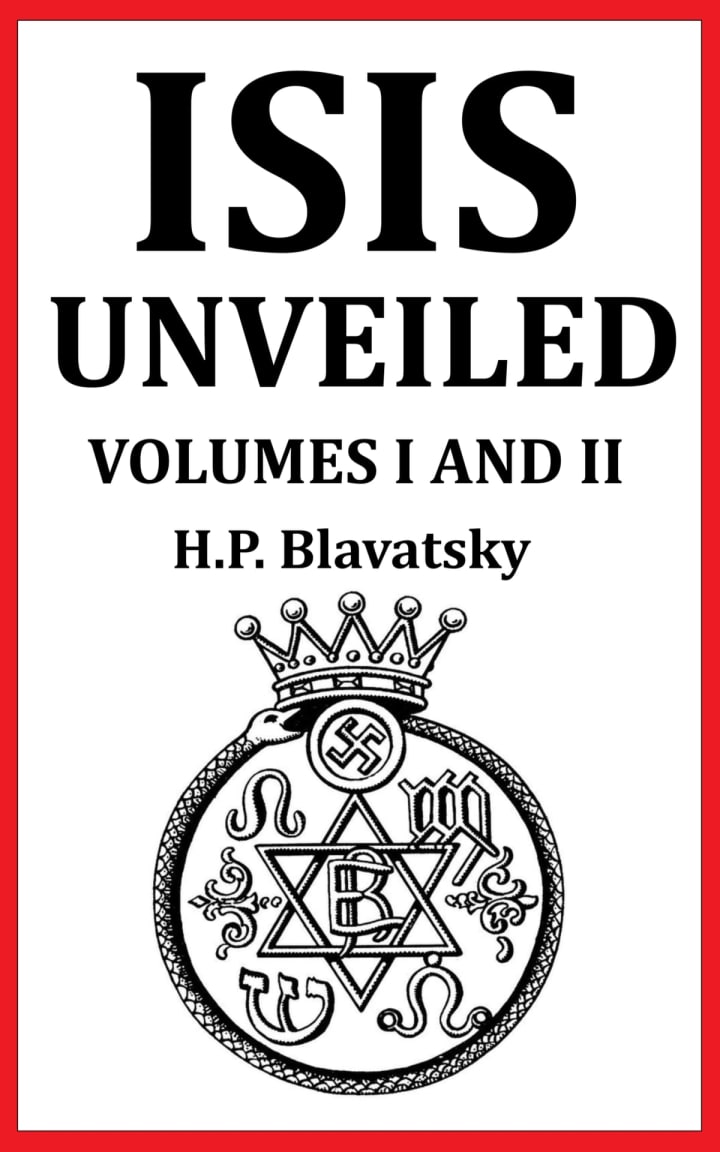
Coming as a two volume set and nearly 1200 pages, Isis formed the core of the newly founded Theosophical Society and garnered a tremendous amount of attention. Steeped in occultism, history, religion and science, Isis was unlike anything the western world had ever seen. Subtitled as "A Master Key to the Mysteries of Ancient and Modern Science and Theology," Blavatsky hoped to combat the rampant spiritualism of the time, where mediums contacted the dead at seances, and grieving families hoped to speak with departed loved ones. According to Blavatsky, this was necromancy at its worst, and the souls of the dead were not the actual souls of loved ones, but animated shells cast away like a cloak into the lower astral to slowly rot away. Mediums accidentally galvanize the corpses because they have shreds of memory from when they were alive, or worse, elementals and elementaries inhabit the shell to give it an artificial autonomy. Either way, it is bad for the karma of the deceased person and the spiritualist, and the dead are best left alone. The actual soul is far away, a gulf of cosmic distance in a higher plane, and they cannot see the pain of the mortal world anymore.
What is this Astral Plane all about?
The astral plane is many things across many cultures, but at its lowest level, it surrounds and permeates the earth. Known as Kama Loka in Sanskrit, it is the realm of ghosts, thoughts, dreams and desire. All people must pass through Kama Loka on their way to Heaven (Devachan), as it is a natural slough pit for all the undesirable parts of a human being that cannot exist in the pure higher planes. Therefore, the lower astral can be an unpleasant place, and a confusing one for a untrained traveler. We travel to the astral every night when we sleep! The astral body detaches and communes with the Higher Self, but we are rarely able to recall divine advice we might have received. The topic of dreams in the Theosophical sense is large enough to warrant its own article (or own book!), so I won't go into that further here.
Reception and Criticism
Although Isis was well received and generated a tremendous amount of occult interest, it also generated plenty of detractors who claimed plagiarism and deceit by Blavatsky. It was only through an nearly inhuman force of willpower and determination that Blavatsky was able to defend herself and the society against blatant accusations and verbal assault. Popularity in the philosophy began to dwindle, and in 1879 Blavatsky and Olcott went to India and eventually established the Theosophical Society headquarters at Adyar. They started publishing the society’s journal, The Theosophist, which Blavatsky edited from 1879 to 1888. During this time she also worked hard on her next books - her magnum opus - for which is most remembered today: The Secret Doctrine.
In 1884 an Indian society accused her of concocting fictitious phenomena, which she vehemently denied, and suffered further indignation in 1885 when the London Society for Psychical Research declared her a fraud (100 years later they officially apologized, in a glaring example of too little too late, but thanks anyway).
The Secret Doctrine - the Synthesis of Science, Religion and Philosophy arrived in 1888, followed in 1889 by The Key to Theosophy, another essential work by the author. Also clocking in at a massive 1200 words, The Secret Doctrine also filled two volumes, the first called Cosmogenesis (the beginning of our universe), and the second Anthropogenesis (the beginning of mankind). If you have ever asked yourself the question, "Who Am I, and Why Am I Here?" I am happy to tell you that Theosophy answers that question in excruciating detail. So much detail, in fact, that you will spend lifetimes trying to absorb the answer.
At the publication of The Secret Doctrine, HPB was already in poor health, and actually died two years later at the young age of 59. She had planned a third and fourth volume of The Secret Doctrine, but only notes were found, later cobbled together as a book sold as The Secret Doctrine Volume 3, but due to its unfinished nature, it is not usually incorporated into the United Lodge of Theosophists as a reference source.
A Summary of Works from Ancient to Modern
In the five years I have been a member of the ULT London branch and their active Skype group, one important thing I learned is that Theosophy exists across a wide spread of literature. In short, I feel it would benefit readers to list some of them here. Note that most of these (if not all) are provided for free in electronic form on the ULT website, and most are in print on Amazon. I prefer the electronic version, but I have the print version for some as well.
* The Dhammapada is a collection of sayings of the Buddha in verse form and is one of the most widely read and best known Buddhist scriptures. Note that Buddhism and Esoteric Buddhism are not the same thing, although there is some overlap. If they were identical, the Mahatmas would not have chosen HPB to write the books they helped dictate.
* The Secret Doctrine - HPB
* The Secret Doctrine Commentaries - HPB
* Isis Unveiled - HPB
* The Theosophical Glossary - HPB
* The Key to Theosophy - HPB
* The Ocean of Theosophy - William Quan Judge. I haven't talked much about Judge, but he, like Blavatsky, possessed the soul of an Adept. He wrote a slender 100 page volume with Ocean, but as he states in the Preface:
"An attempt is made in the pages of this book to write of theosophy in such a manner as to be understood by the ordinary reader."
Isis and Doctrine are...daunting. To say the least. Not just in pure volume, but the deeply esoteric nature of the content can be mind-bending, and the speech patterns of the 1800s extremely verbose. She uses words that -while technically English -are not used in common circulation and often incomprehensible. Judge wrote his book as a shorter, simpler companion piece to HPB's work, but do not think it is dumbed down. It is not. It is deeply rich in esoteric lore, and even covers some points that HPB does not.
* The Mahatma Letters to A.P. Sennet. Although Sennet was discouraged from sharing letters from the Masters themselves, he did so, and the resulting volume contains knowledge from the men in Tibet who taught Blavatsky firsthand.
* The Theosophist Magazine - HPB
* Lucifer Magazine - HPB. Christians have a knee-jolt reaction when they see the title Lucifer. No, it does not mean that Blavatsky was a Satan worshiper. God and Satan don't even exist in the philosophy, not in the way that religion defines them anyway. "Lucifer" in fact means "Light-Bringer" and it was only mentioned once in the Bible (Isaiah Chapter 14) in reference to a king. In the context of the magazine, it is shining light on hidden knowledge.
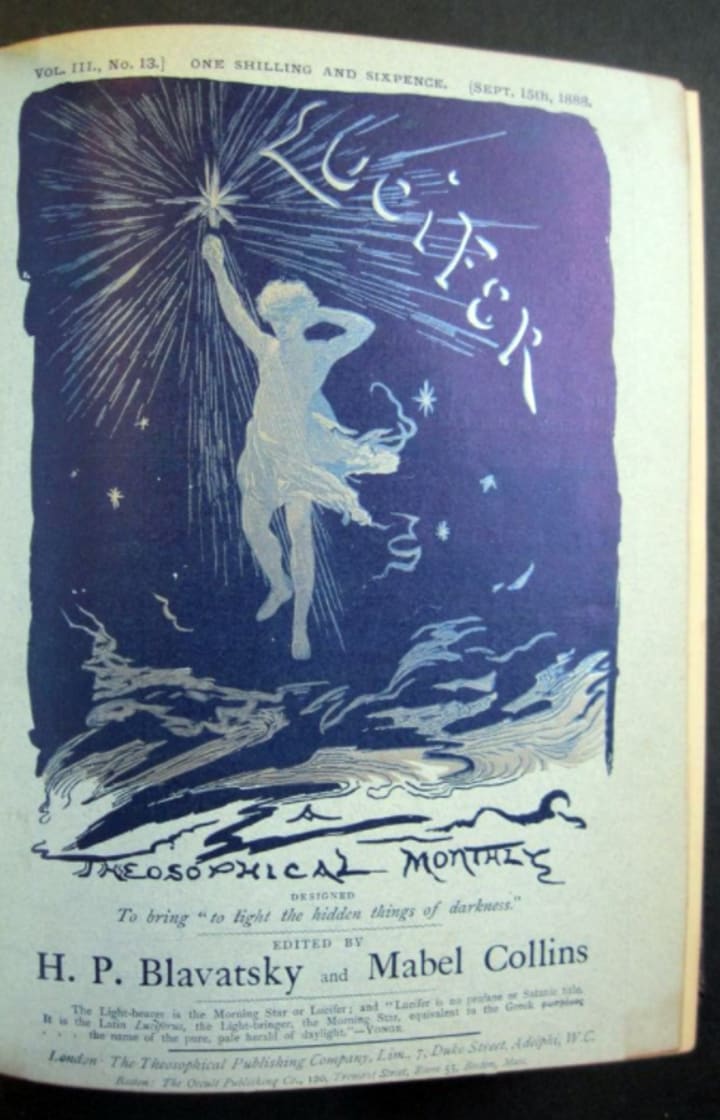
There are more sources, but the information listed above should keep anyone busy a thousand years.
So, What Does Theosophy Mean to Me?
In a nutshell, it is Truth, as pure as I have been able to find. I spent years looking at all kinds of metaphysics and magic and mayhem. The occult world is huge, but also highly fragmented, and the New Age movement has further complicated everything. Although frustratingly dense at times, I have found that repeated exposure to the teachings facilitates understanding. It also helps to have a class format on the Skype group (or in person at the lodge) to share with fellow students and teachers. It is all free, even the sourcebooks, with no obligation to stay or continue.
Theosophy taught me about the Root Races of man, of which we are currently the 5th. The Atlanteans were the 4th (yes, Atlantis was real!) and the 3rd Root Race were the Lemurians, who lived in the Pacific roughly where the Ring of Fire exists now. A 6th and 7th race are destined in the far flung future, by which time we will transcend earthly bodies and be purely spiritual entities.
Theosophy taught me that our moon was once an inhabited planet, and when it reached the end of its lifespan, its energy was sent forth and formed the nucleus of our present Earth. The moon is our mother, a husk of a dead planet with a deeply occult connection to us that Esoteric Buddhism only hints at. Science doesn't know how the moon formed; they can only speculate. Science is often wrong.

Theosophy taught me why bad things happen to good people, and that there is not a God judging us, or a God failing to punish the wicked.
Theosophy taught me to love yourself and others and animals, and be kind. It isn't anything Jesus or Buddah would have disagreed with.
Theosophy taught me that humans reincarnate in new bodies after death as part of their growth. The eventual goal is to perfect yourself as much as possible so that you can escape that cycle. The Masters - the Adepts - the Mahatmas - are living proof that this can be done.
There is more that could be said about what I have learned, but I'll stop there. Theosophy is a lifelong endeavor. The more you learn, you realize how little you actually know. Personally, I like having access to Truth. I don't need to look anywhere else ever again. Everything I need, and the community I need, is at my fingertips.
"There is No Religion Higher than Truth," she wrote. I find that reassuring.
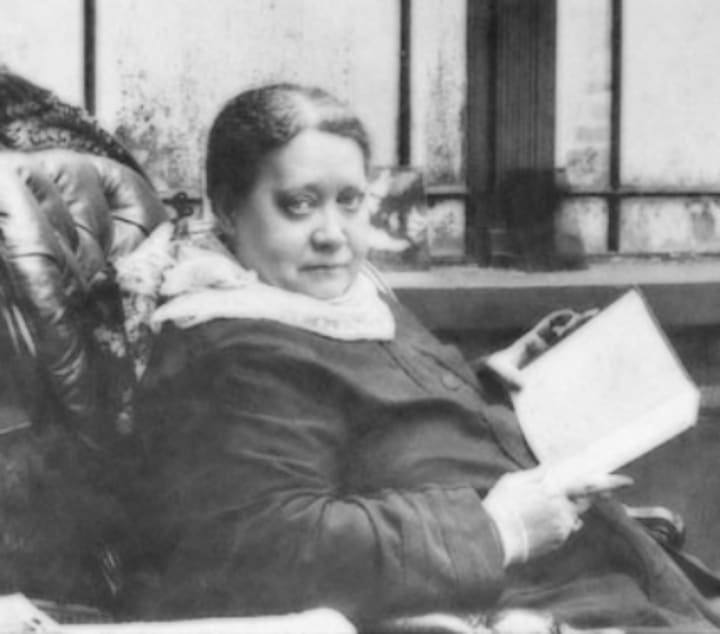
Author's Note: Thank you for reading the story above! If you enjoyed it, check out some of my other work below! And please don't forget to hit the ❤ button below and subscribe
About the Creator
Jason Hauser
I am a writer, artist and poet from North Carolina. I recently self published a children's/YA book called Harold and the Dreadful Dreams. You can learn more about it at my blog https://jmhauser.com, as well as other projects.

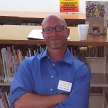




Comments
There are no comments for this story
Be the first to respond and start the conversation.